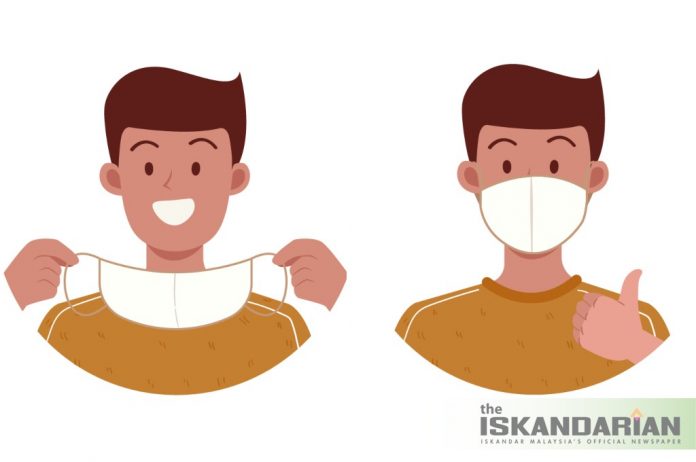Post-Vaccination freedom?
We need to continue to wear masks and practise social distancing even after the COVID-19 vaccination, advises Prof James as we can still be infected and still infect others. “We may be less contagious after our vaccinations, but if we hug and cry on each other’s shoulders, this makes no difference. We will pass the virus on,” says Prof James.
It is important to note that currently, the number of people who are not vaccinated far outnumber the ones who are. If others around you are not vaccinated, they can end up with a severe form of COVID-19.
In Malaysia, we have recorded cases of the South African, UK and Indian variants —known to be more transmittable and associated with more severe complications. It is probable that these variants have added to our country’s rising rate of infection and death.
“We are seeing people being admitted into hospitals for COVID-19 at Categories Two or Three (Category One being the mildest). Overnight, they can deteriorate to a Category Four or Five where they have to be moved into ICU. There can be very fast deterioration,” warns Prof James.
Monitoring at home

The escalating number of cases has raised fears that have caused people to rush out to buy oximeters.
While this is not harmful, when getting an oximeter, it is imperative that you buy one from a reputable brand. You can also invest in a smart watch that is equipped with an oximeter. “If people buy a poor quality oximeter, it may give you a good reading even if your oxygen level has dropped,” says Prof James. This can then give us a false sense of wellbeing.
An oximeter works by emitting light through a finger or an ear lobe onto a light-sensing probe in the device. How much light passes through indicates how much oxygen is in the blood. An oxygen level of 98 to 100% is normal but if it falls to 95% and below, it is time to visit your doctor. If you are feeling breathless, however, seek medical attention no matter what the oximeter reading is.
People who have lung conditions including long-time smokers may have lower levels of oxygen than the norm. Oximeter readings can also be affected by dark nail polish, poor nutrition or even the colour of your skin. These are important factors to take into consideration when using the oximeter.
Prevention, always better than cure
It has been a long fight and people are getting fatigued and confused over the ever-changing SOPs. Yet there is one thing that has remained true, and it is the conventional wisdom that prevention is better than cure.
This means a continued adherence to the now-familiar mantras.

Wash your hands. Don’t touch your eyes, mouth and nose. Practise social distancing. Wear a mask, or two. Get vaccinated and encourage others to do so. Face shields and goggles are also becoming a familiar sight especially in more crowded places such as a supermarket. These can work as an added layer of protection.
Ultimately though, as Prof James says: “If it is not essential, stay home.”
Can you ‘kill’ the virus?

“You can’t kill a virus because the virus is not a living organism. All viruses are like envelopes that contain genetic material. In the case of the coronavirus, the envelope is spherical with spikes on the surface, and within this sphere is the genetic material. It doesn’t breathe, it doesn’t need oxygen, it doesn’t produce waste, and it doesn’t need food or water to survive. It doesn’t need anything to survive. It is just protein. So you can’t “kill” it but you can “destroy” the virus—in the same way, that you can destroy a car but not kill it,” says Prof James.
Prof James adds that a virus does need a living thing in order to replicate itself. “For example, when someone dies of COVID-19, the virus in the body still persists. But it can no longer propagate. This is the reason you cannot claim the body of someone who has passed away until they do a test for the virus, and if they had passed away from COVID-19, there will be a special team who handles the body and special protocol to follow.”




